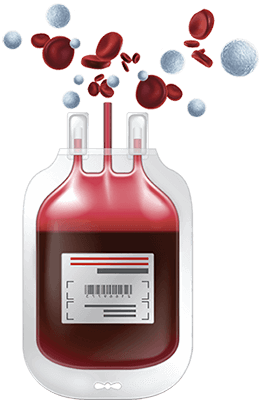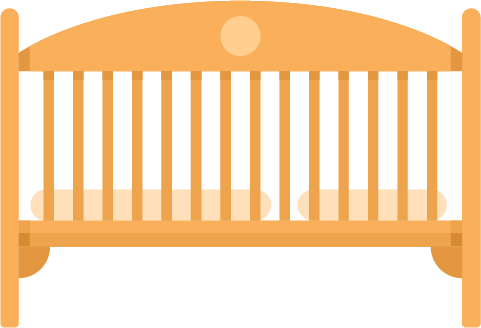Canada's Largest & Oldest Cord Blood Bank
Your baby is halfway through his or her first year already. Do you feel like time has just flown by?
Milestones This Month
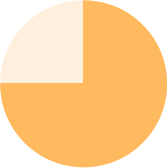
Most babies can
- Turn to sounds or voices
- Start eating solids
- Imitate sound
- Laugh and giggle
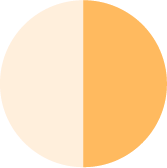
Half of the babies can
- Reach for an object and grasp them
- Roll from front to back and back to font
- Respond to own name
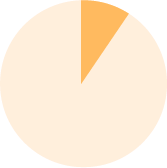
A few babies can
- Pass toys from hand-to-hand
- Move forward or start crawling
- Combine syllables
- Drag objects
- Sit without support
Baby Development at 6 Months
Your baby is halfway through his or her first year already. According to the growth charts from the World Health Organization, an average 6-month-old baby girl should way around 16.1 pounds (7.3 kilograms) and a 6-month-old boy around 17.5 pounds (7.94 kilograms).
Your baby has developed so much in the past 6 months, he or she is likely very close to moving around. Your little one should be able to roll from front to back at this stage and some may even be able to roll from back to front. You can help your baby hone these skills by giving tummy time often on a surface that makes it easy to move (e.g. wood or tiled floor). Put a toy just out of his or her reach and your baby may surprise your by reaching and grabbing it.
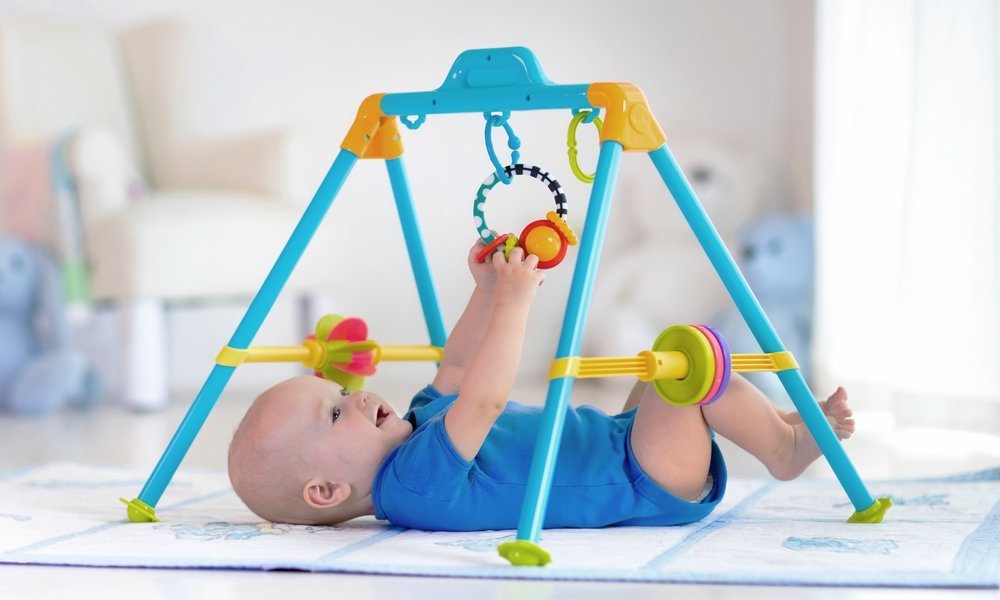
After all that practise with kicking, rolling and mini push-ups your baby is getting stronger. He or she may be able to sit unassisted for a short period of time now. Adjust your baby’s legs into a V shape when he or she is sitting, this will give more balance to the body. Also make sure you place something soft to land on behind your baby just in case.
Some babies already have cut a tooth (or two) by this point. Excessive drool, a rash around the mouth and pulling on the ear are all signs of teething. Make sure you provide your baby with toys that are safe to chew on or a cool washcloth that will help ease the pain. Mouthing is another way a baby explores the world around him or her. surroundings. So, make sure the objects around your baby are safe.

Baby Tip
Start brushing teeth. Now that your baby is eating solids, it’s a good time to introduce oral hygiene.
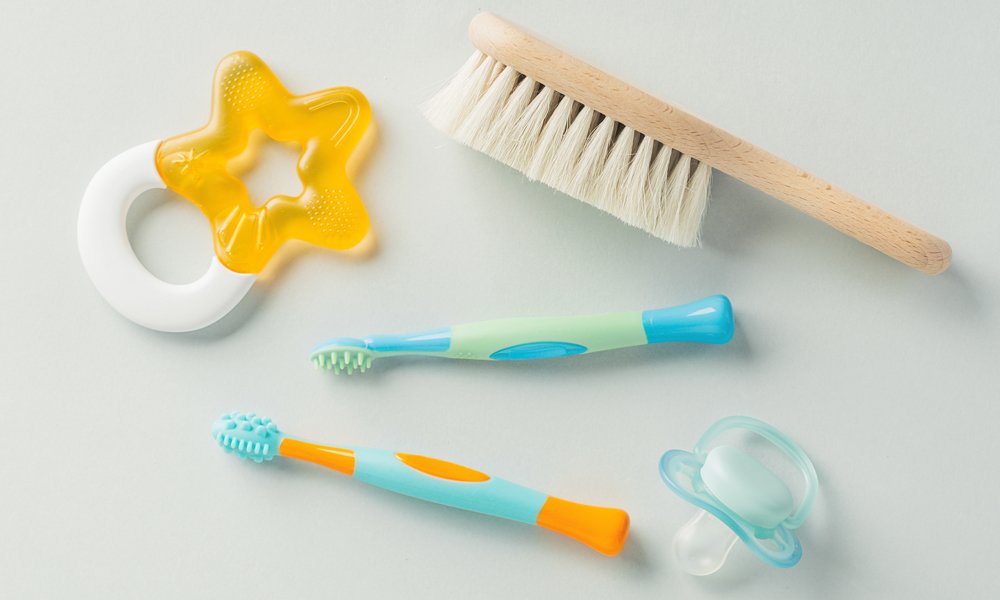
Supporting Your Baby
Feeding
Breast milk or formula will still be your baby’s main sustenance. He or she should be consuming around 24 to 30 ounces a day. However, if your healthcare provider has given the go ahead and your baby seems ready, you can start introducing solids.
Start slowly by giving your baby just an ounce of food just once a day. If your baby is interested, you can gradually increase the amount and the frequency of solid food. Every baby is different. Some love solid foods others take longer to adapt.
The key is to introduce a single type of food at a time and feed this same food for 2 to 3 days. You should be keeping an eye out for red cheeks or a rash around the mouth, which could be an indication that your baby is allergic. Oats are an unusually common allergy with babies, which they grow out of in toddler- or childhood. Consider starting with fruit and vegetables or foods with a very few ingredients, so it would be easy to eliminate items if you see signs of an allergy. Some recommended early foods include avocado, bananas, pear, sweet potatoes, and brown rice cereal.
It is also good to introduce water at the same time as solids. You can offer your baby a light, plastic cup to start with. This is more of an exercise for developing his or her motor skills. You may have to try a few different shapes and sizes of cups to find the right one.

Socializing
Your baby may go through a phase where he or she rejects everyone but you. While this is just a phase, it will definitely mean you will be even more busy and taxed for time. Encourage your partner to play with the baby, and be engaged in activities such as bathing, feeding and changing. If you have extended family nearby invite them over. Ask others to play and interact with your baby. Try leaving the room for a short period of time and then coming back, to get your baby used to the idea.
Soon as he or she becomes more mobile, your baby will start getting interested in other babies. This is a good time to consider going to a baby group to help him or her develop socialization skills.
Healthy Teeth
Does your baby have his or her first tooth yet? Most babies cut the first tooth between 6 to 9 months. This is a great time to introduce your baby to good oral hygiene. It is probably easier to use a washcloth or a cotton pad to wipe of those tiny chompers at this point. But it’s not a bad idea to invest in a baby brush, so your baby can get used to the idea of brushing teeth. If you want to use toothpaste most dentists recommend using a very small amount (smaller than a grain of rice) at this stage.
Aside from brushing, make sure your baby is not falling asleep with the bottle in the mouth or consume large amounts of foods high in sugar (e.g. fruit juice). These steps are essential to avoid tooth decay.
Top 10 Items to include in Baby Registry
Why Preserve Your Baby’s Stem Cells?
- Available for a lifetime
- A perfect match for baby
- Compatibility to family
- Access to future therapies


